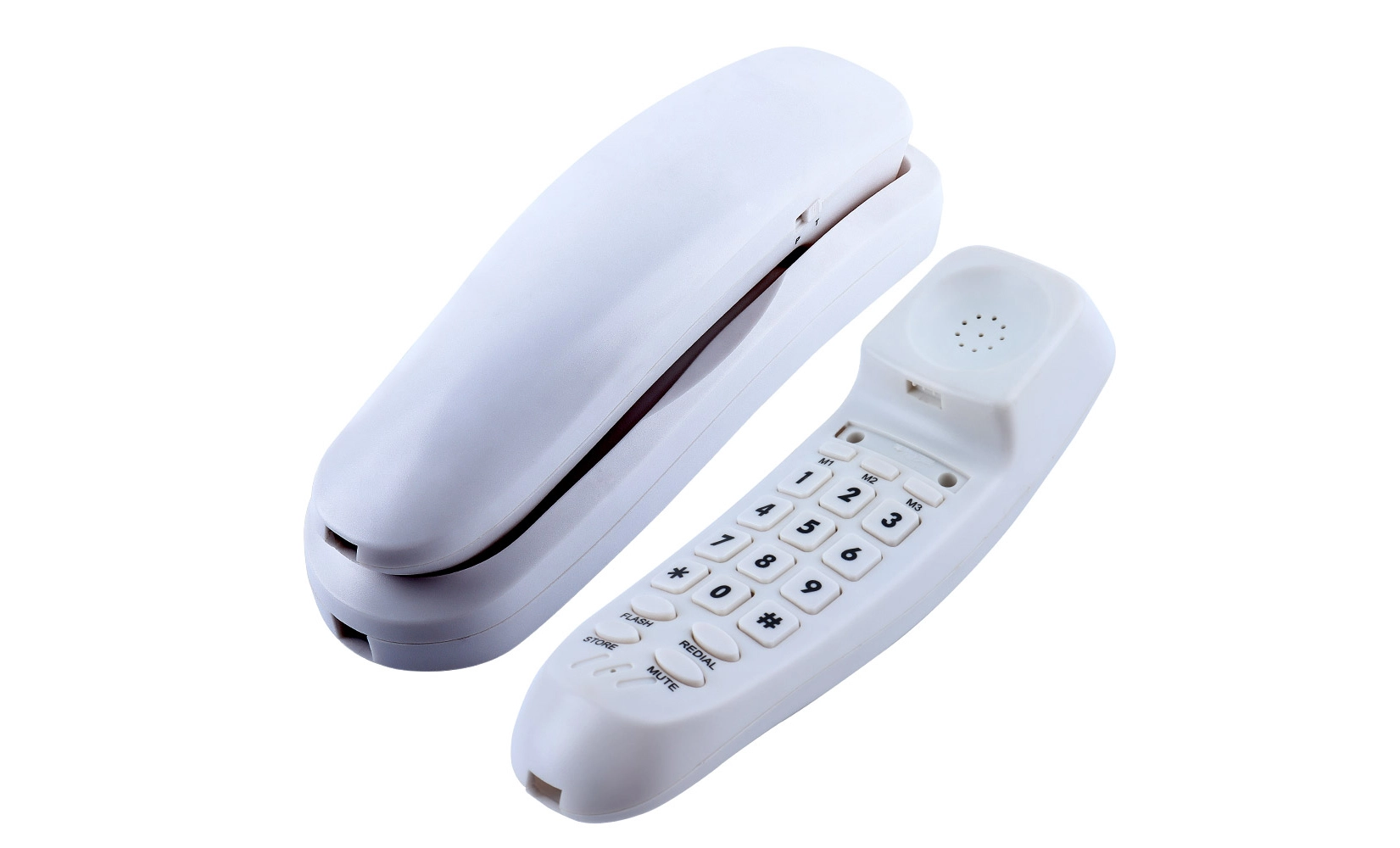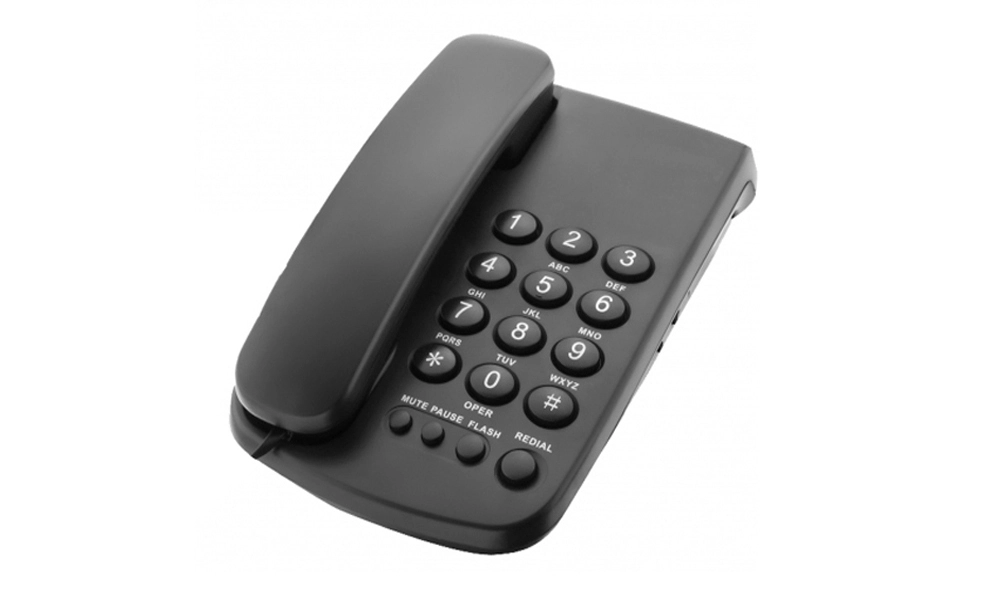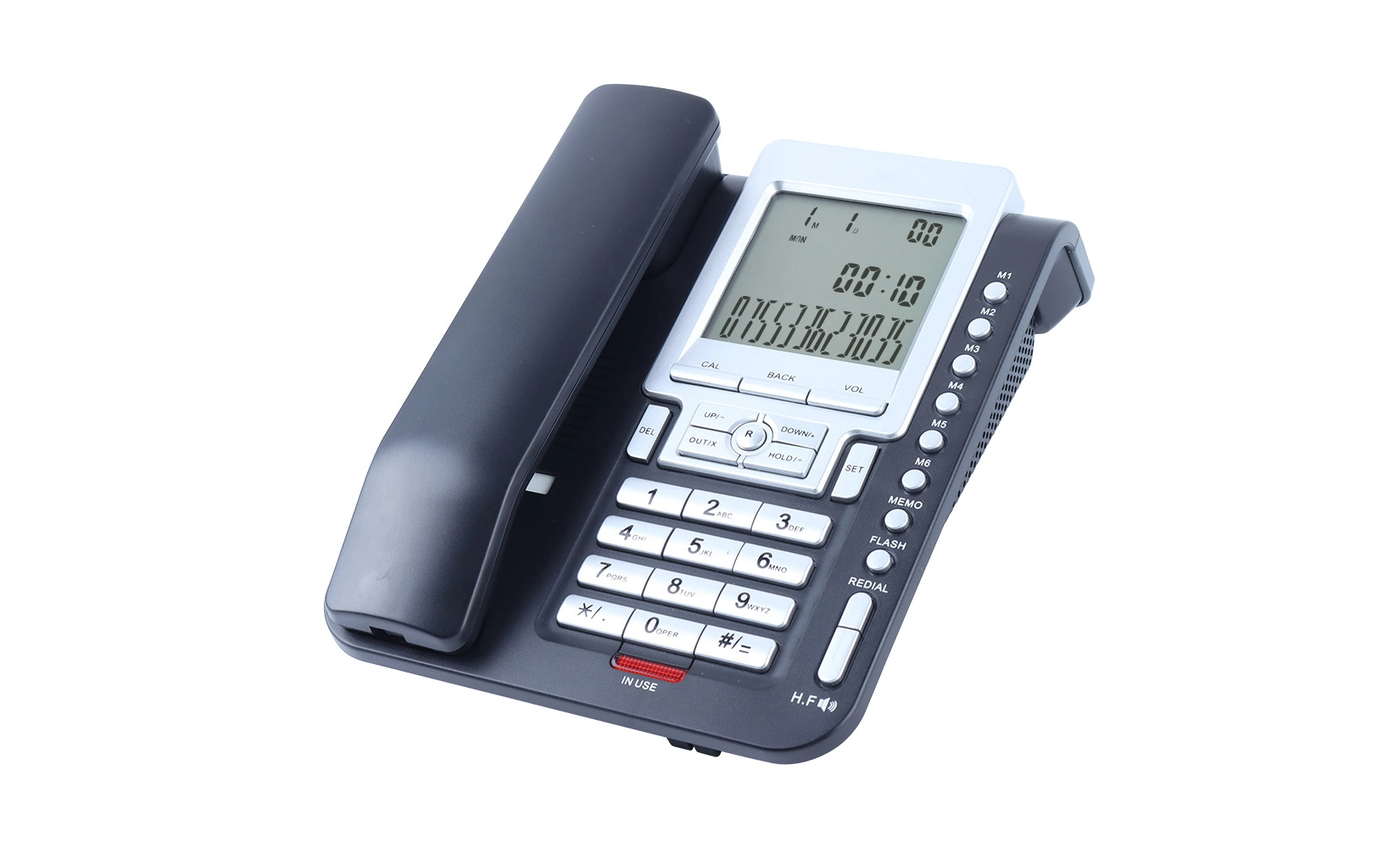Understanding the Mechanics of Vintage Rotary Dial Telephones
The Inner Workings of a Rotary Dial
Vintage rotary dial telephones are marvels of analog engineering. At the heart of these devices is the rotary dial mechanism, a ingenious system that converts circular motion into electrical pulses. When you rotate the dial, it winds up a spring. As you release it, the spring unwinds, causing a set of contacts to open and close rapidly. This creates a series of electrical pulses that correspond to the number dialed.
The number of pulses generated equals the digit dialed, with a special case for zero, which produces 10 pulses. This pulse system, known as pulse dialing, was the standard method for transmitting phone numbers to the telephone exchange for decades before the advent of touch-tone dialing.
Key Components and Their Functions
Understanding the key components of a vintage rotary dial telephone is crucial for effective maintenance and repair:
- Rotary Dial: The circular dial with finger holes for each digit.
- Pulse Mechanism: Located behind the dial, it generates the electrical pulses.
- Ringer: Typically a bell system that produces the ringing sound.
- Hook Switch: The lever that's depressed when the handset is placed on the cradle.
- Handset: Contains the microphone (transmitter) and speaker (receiver).
- Cord: The coiled wire connecting the handset to the base.
Each of these components plays a vital role in the telephone's operation, and understanding their functions is key to successful maintenance and repair.
Essential Maintenance Tips for Vintage Rotary Dial Telephones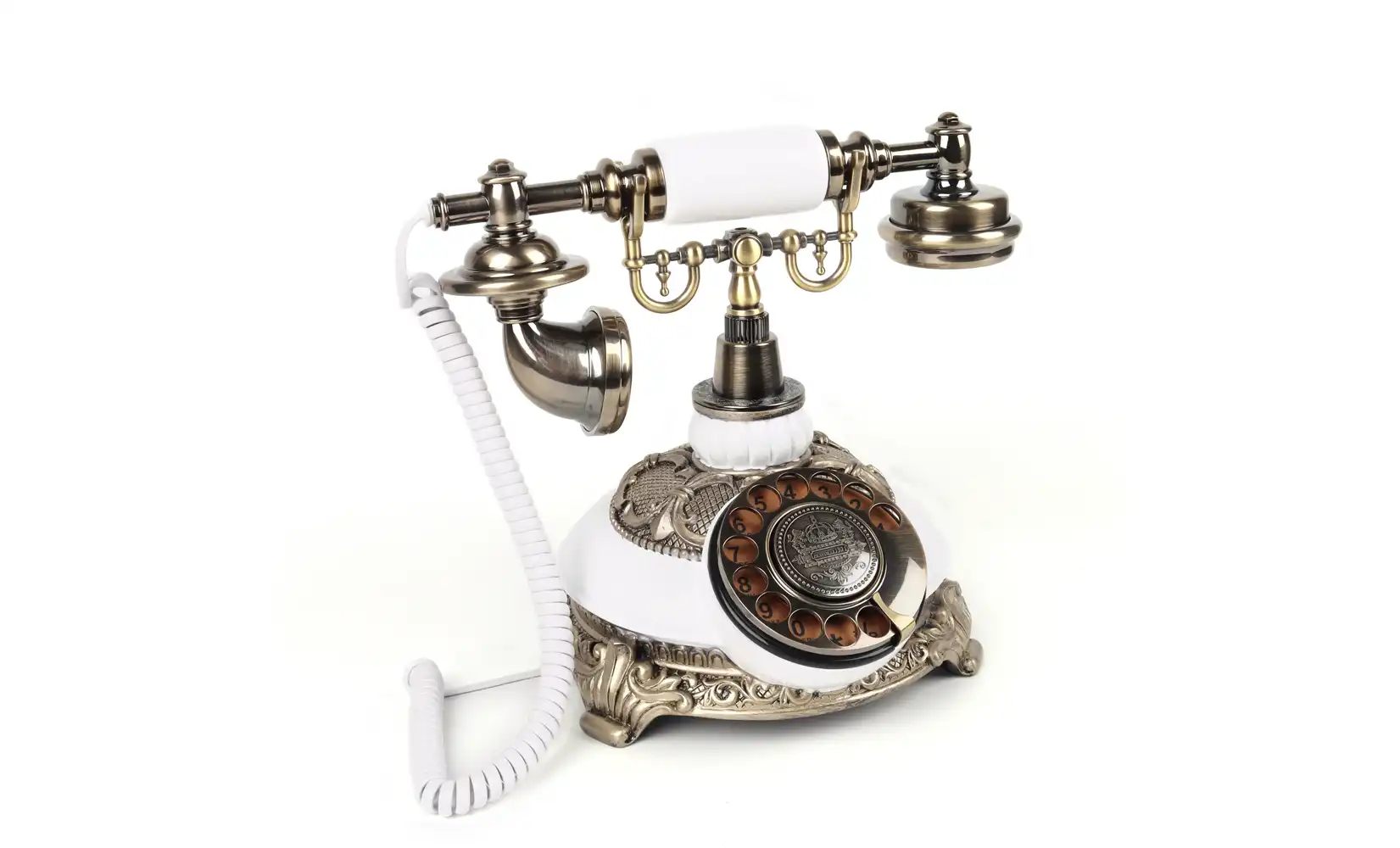
Regular Cleaning and Dusting
Proper maintenance of your vintage rotary dial telephone begins with regular cleaning. Dust and debris can accumulate over time, potentially interfering with the delicate mechanisms inside. Here's how to keep your phone clean:
- Use a soft, dry cloth to gently wipe down the exterior of the phone weekly.
- For stubborn grime, slightly dampen the cloth with a mild soap solution, but be careful not to let any moisture enter the phone's openings.
- Pay special attention to the rotary dial, ensuring no dust settles in the finger holes or around the dial's edge.
- Clean the handset thoroughly, as it comes into direct contact with your face during use.
Lubrication of Moving Parts
To keep your vintage rotary dial telephone operating smoothly, periodic lubrication of moving parts is essential:
- Use a high-quality, non-conductive lubricant specifically designed for electrical components.
- Apply a small amount to the moving parts of the rotary dial mechanism.
- Lubricate the hook switch to ensure it moves freely.
- Be cautious not to over-lubricate, as excess oil can attract dust and potentially cause electrical issues.
Cord and Wire Maintenance
The cords and wires of your vintage telephone require attention to prevent damage and ensure clear communication:
- Regularly inspect the handset cord for any signs of wear or fraying.
- Gently clean the cord with a slightly damp cloth to remove accumulated dirt.
- Check the connection points where the cord meets the handset and the base for any looseness or damage.
- If you notice any exposed wires, it's time to replace the cord to prevent potential electrical hazards.
 Common Repair Techniques for Vintage Rotary Dial Telephones
Common Repair Techniques for Vintage Rotary Dial Telephones
Fixing a Stuck Rotary Dial
A stuck rotary dial is a common issue with vintage telephones. Here's how to address it:
1. Carefully remove the outer casing of the telephone to access the dial mechanism.
2. Inspect the dial for any visible obstructions or debris.
3. Clean the mechanism thoroughly using a soft brush and compressed air.
4. Check the tension spring that returns the dial to its resting position. If it's loose or damaged, it may need replacement.
5. Apply a small amount of lubricant to the moving parts of the dial mechanism.
6. Reassemble the phone and test the dial to ensure smooth operation.
Repairing a Faulty Ringer
If your vintage rotary dial telephone's ringer isn't working properly, try these steps:
1. Open the phone's casing to access the ringer mechanism.
2. Check for any loose connections or broken wires leading to the ringer.
3. Inspect the ringer's gongs and clapper for any visible damage or misalignment.
4. Clean the ringer mechanism thoroughly, removing any dust or debris.
5. If the issue persists, the ringer coils may need to be replaced. This is a more advanced repair that might require professional assistance.
Addressing Static or Poor Sound Quality
Poor sound quality can often be remedied with these steps:
1. Check all cord connections to ensure they're secure.
2. Clean the carbon microphone in the handset by gently tapping it while the phone is disconnected.
3. Inspect the speaker and microphone elements for any visible damage.
4. If the issue persists, the problem may lie in the internal wiring or components, which might require more extensive repair.
Conclusion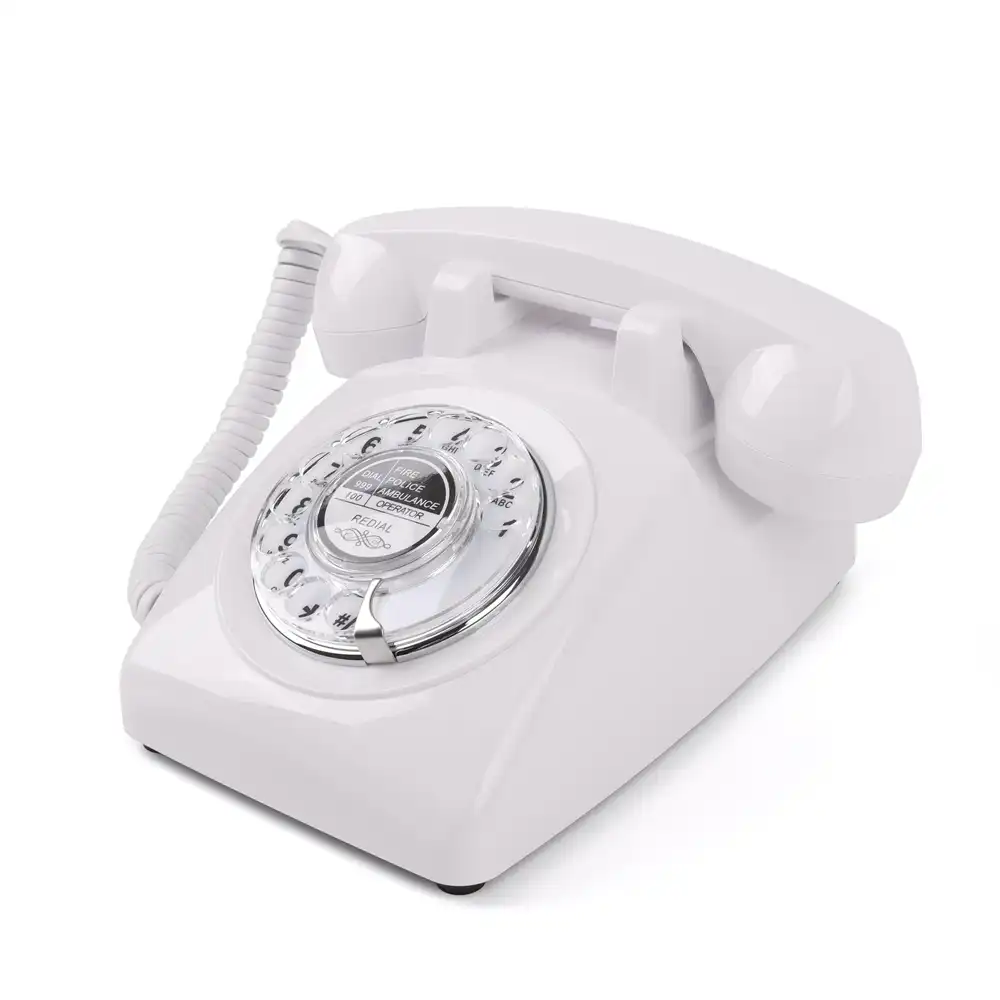
Maintaining and repairing a vintage rotary dial telephone can be a rewarding experience for enthusiasts and collectors. By understanding the mechanics, performing regular maintenance, and addressing common issues, you can keep these classic communication devices in working order for years to come. Remember, when dealing with intricate internal components or electrical systems, it's always wise to consult with a professional if you're unsure. With proper care, your vintage rotary dial telephone can continue to be a functional piece of telecommunications history.
FAQ
How often should I clean my vintage rotary dial telephone?
It's recommended to dust your phone weekly and perform a more thorough cleaning monthly.
Can I use modern phone lines with a vintage rotary dial telephone?
Yes, most vintage rotary phones can work on modern lines, but you may need an adapter for pulse-to-tone conversion.
Is it safe to repair a vintage telephone myself?
Basic maintenance and simple repairs are generally safe, but for complex electrical issues, it's best to consult a professional.
Experience the Nostalgia of Vintage Communication with CHEETA | CHEETA
At CHEETA, we understand the allure of vintage rotary dial telephones. While we specialize in modern communication devices, our expertise in analog technology allows us to appreciate these classic pieces. Our team of engineers, with their deep knowledge of telephone mechanics, can provide insights into maintaining these nostalgic devices. For those seeking a blend of vintage aesthetics and modern functionality, explore our range of analog and IP telephones. Contact us at allen@cheeta.com.cn to learn more about our products that combine classic design with cutting-edge technology.

References
1. Smith, J. (2020). "The Evolution of Telephone Technology: From Rotary to Digital." Telecommunications History Journal, 45(2), 78-92.
2. Johnson, A. (2019). "Preserving Vintage Electronics: A Guide to Rotary Dial Telephone Maintenance." Antique Technology Quarterly, 33(4), 112-125.
3. Brown, R. (2021). "DIY Telephone Repair: Tackling Common Issues in Rotary Dial Systems." Home Electronics Enthusiast Magazine, 18(3), 45-58.
4. Lee, S. (2018). "The Art of Analog: Restoring Vintage Communication Devices." Historical Technology Review, 29(1), 67-80.
5. Wilson, T. (2022). "From Pulse to Tone: Adapting Vintage Telephones for Modern Networks." Communications Engineering Digest, 52(6), 103-115.


